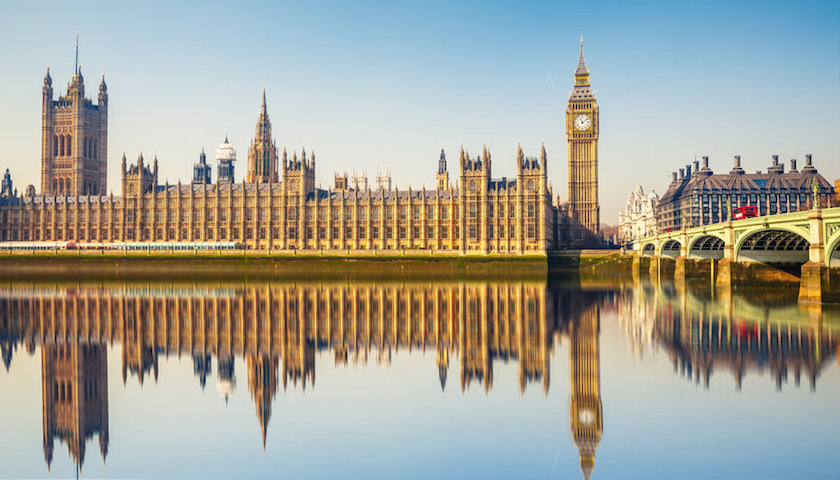I’ve been blogging various governments’ Budgets and seasonal Statements for years now, but the complete lack of anticipation in the run up to the Spring Statement 2025 was completely new to me.
Indeed, the Guardian felt there would be so little to say that the Chancellor’s whole speech would probably only take 25 minutes. This is a far cry from the 60 to 90 minutes you’d normally expect.
Before the Statement itself, the BBC published a handy explainer article. This pointed out the constraints that the Chancellor, Rachel Reeves, has imposed on herself. These include not raising taxes and not raising government budgets. She also has two fiscal rules that she described as ‘non-negotiable’. These are:
- Not borrowing to fund day-to-day public spending
- To get government debt to fall as a share of national income by the end of the current parliament.
The problem with imposing rules and constraints on yourself is that you can’t see into the future. As a result, the Chancellor went into this Spring Statement with the UK economy’s predicted growth rate lower than anticipated, a new commitment to fund an extra £2.2 billion of defence spending, not to mention higher government debt financing costs.
In short, she hadn’t much wiggle-room left. Little wonder recent announcements have pledged to slash the overall welfare bill by £5 billion and cut £2 billion from civil service staffing costs by 2030.
So, what was actually in the Spring Statement? Did the Chancellor stick to her own self-imposed constraints? And did it take more or less than the predicted 25 minutes to deliver?
What was in the Spring Statement 2025?
The Spring Statement in fact lasted about 35 minutes. This is still easily the shortest fiscal statement I’ve covered.
Reeves confirmed that she would stick to her fiscal rules. She said that, without the measures she was about to announce, the UK budget would be running a £4.1 billion deficit by 2029/30. She said the latest Office for Budget Responsibility (OBR) forecast suggests there will be a surplus of £9.9 billion by that date.
The measures she subsequently announced included the following:
- A further crackdown on tax avoidance and evasion. She said investment will enable HMRC to raise an extra £1 billion, in addition to the measures in the last Budget which were intended to raise £6.5 billion.
- Welfare changes. The Chancellor confirmed that welfare benefits will be cut by £4.8 billion. She said: “The Universal Credit standard allowance will increase from £92 per week in 2025/26 to £106 per week by 2029/30, while the Universal Credit health elements will be cut to new claimants by around 50% and then frozen”.
- Cutting the cost of government. Government wants to cut the cost of Whitehall by 15% by the end of this parliament. This will entail significantly reducing the civil service payroll.
- Investment in better public services. Reeves announced £3.25 billion of extra investment to reform the delivery of public services. This so-called ‘transformation fund’ will be spent on things like AI, technology and even supporting more people into foster care.
- A £2.2 defence spending uplift. Including 10% on novel technologies such as drones and AI. Much of this spending uplift has been achieved by slashing international aid budgets.
- Increasing capital spending by £2 billion per year to help grow the economy and meet defence spending commitments.
- An extra £2 billion uplift to UK export finance lending capacity. Again, this will have significant benefits for the defence sector.
- A further £2 billion investment in social and affordable housing. This is designed to deliver 1.5 million homes by the end of the decade. This will also be supported by £600 million plans to train up to 60,000 more construction workers by 2029.
Summary
As you can see, the main struts of the Spring Statement 2025 were to maximise revenue (a tax avoidance clampdown), cut spending (slashing welfare budgets and the cost of government), finding efficiencies (reforming public services), supporting defence and promoting housebuilding.
So, no big surprises. The OBR has confirmed that it has halved its forecast for UK growth this year, but has revised forecasts up slightly for the years between 2026 and 2029. You can read the newly published OBR report here.
Reeves also confirmed there will remain one major fiscal event each year. So all eyes are on the next Budget. Will the temptation to raise taxes have become much stronger by then? Only time will tell.
About Ben Locker
Ben Locker is a copywriter who specialises in business-to-business marketing, writing about everything from software and accountancy to construction and power tools. He co-founded the Professional Copywriters’ Network, the UK’s association for commercial writers, and is named in Direct Marketing Association research as ‘one of the copywriters who copywriters rate’.












